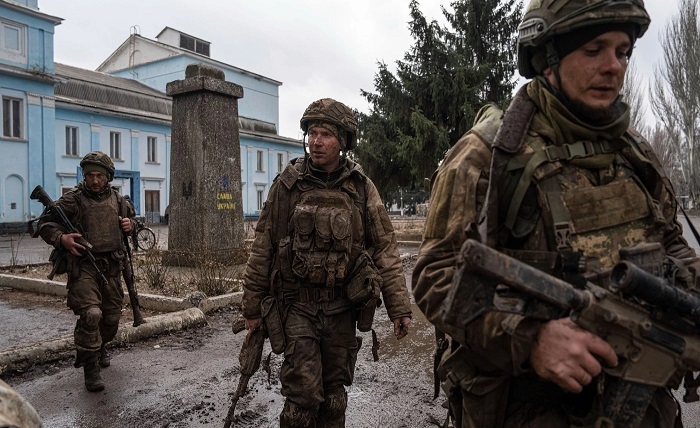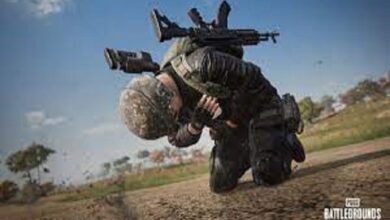War in Ukraine: Understanding the Conflict, Its Causes, and Its Impact on the Region

Introduction
One of the most significant geopolitical occurrences of the twenty-first century is the conflict in Ukraine, which started in 2014. What began as a nonviolent protest against the Ukrainian government’s decision to sever ties with the European Union and forge stronger connections with Russia has grown into a full-fledged conflict between Ukraine and rebels supported by Moscow in the country’s east.
Historical Perspective
It is vital to look back in time in order to comprehend the current crisis in Ukraine. Ukraine has long been sandwiched between the western world and the influence of Russia to the east. The area was split between the Russian and Austro-Hungarian Empires in the 18th century, and following World War One, it served as a battleground for numerous nationalist organizations. Nazi Germany invaded Ukraine during the Second World War, when some of the worst atrocities of the conflict took place, notably the killing of over 30,000 Jews at Babi Yar.
Euromaidan Protests
In November 2013, protests erupted in Kyiv’s Maidan Nezalezhnosti (Independence Square), demanding closer ties with the European Union and the resignation of President Yanukovych, who was seen as being too close to Russia. The protests, known as Euromaidan, continued for several months and turned violent in February 2014 when Yanukovych’s government ordered the use of force against the demonstrators. In response, Yanukovych was impeached, and a new government was formed.
Taking control of Crimea
Russia annexed Crimea, a portion of Ukraine with a sizable Russian-speaking population, after the Euromaidan demonstrations. Western nations placed economic penalties on Russia as a result of the move’s widespread condemnation by the international community. Following Russia’s invasion of Crimea, a civil war broke out in eastern Ukraine, when separatists with Russian support took over numerous provinces.
The Eastern Ukraine Conflict
Intense combat between Ukrainian government forces and separatists with Russian support has been a defining feature of the conflict in eastern Ukraine. Millions of people have been displaced by the war, which has claimed thousands of lives. While the Ukrainian government has come under fire for using heavy weaponry in populated areas, rebels have been charged with employing strategies including utilizing civilians as human shields and shelling residential areas.
Reaction from abroad
The worldwide society has been greatly impacted by the situation in Ukraine. Economic sanctions have been put in place against Russia as a result of its involvement in the conflict by western nations, particularly the United States and the European Union. Western nations are now subject to sanctions from Russia. In addition, the conflict has harmed Western and Russian relations, as NATO has increased its military presence in the area.
Result for Ukraine
Both economically and socially, the Ukrainian war has had a huge impact on the nation. Millions of people have been displaced as a result of the conflict, which has also resulted in substantial territorial and resource losses. However, the war has widened social and political rifts within Ukraine, and many citizens have lost faith in their government’s capacity to put an end to the fighting.
Conclusion
The crisis in Ukraine is a complicated, multifaceted topic with broad ramifications for the surrounding area and the entire world. Understanding the conflict’s historical context and the numerous elements that have fueled its escalation is crucial. Even if there is no simple way to resolve the crisis, it is crucial that the international community keeps pushing for a peaceful resolution and aids the Ukrainian people in their quest for security and prosperity.




